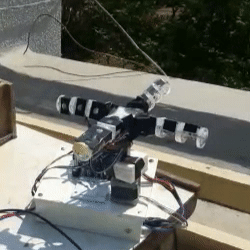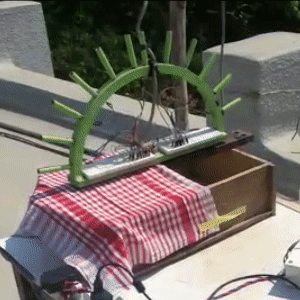Energy-efficient building design aims to balance net energy use with occupant comfort year-round. This invention introduces a low-cost device to measure angular daylight distribution, enhancing building simulations for optimizing energy use and indoor comfort. The device uses Light Dependent Resistors (LDRs) to provide precise angular daylight data, significantly reducing costs compared to commercial devices.
Existing methods for predicting indoor daylight distribution rely on smoothened models, resulting in less accurate simulations. High costs of commercial devices for measuring angular daylight distribution limit widespread adoption and data collection.
- Innovative Design: The device utilizes 12 LDRs and rotates azimuthally, capturing sky luminance data at discrete intervals for various sky patches.
- Cost-Effective: It is much cheaper than commercial alternatives (INR 12,000 for prototype 1 and INR 4,000 for prototype 2).
- High Accuracy: It provides more precise angular daylight data, improving prediction models for indoor lighting.
The prototype device uses 12 LDRs to measure the luminance of the sky at different angles. The device is rotated on a vertical axis to measure the luminance of the sky at different azimuths.
The device has been designed, prototyped, and validated. Two prototypes have been built and tested, showing acceptable reliability in data measurement.
5-6
By reducing costs and improving the accuracy of daylight data, this technology can make green building designs more accessible, promoting energy efficiency and sustainability.
- Green building design: The device enhances simulation packages for energy-efficient buildings.
- Weather data generation: It is useful for creating comprehensive weather databases.
- Daylight simulation packages: It improves predictions for indoor light quality and energy use.
- Sustainable architecture: It can assist in designing buildings with optimized natural lighting.
Geography of IP
Type of IP
201821007607
524997


